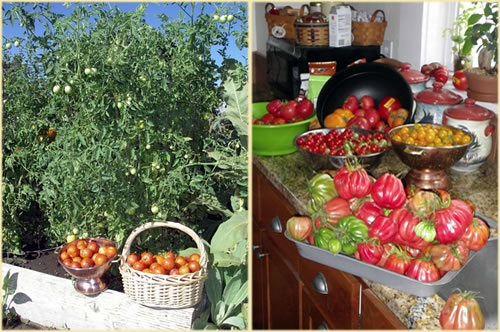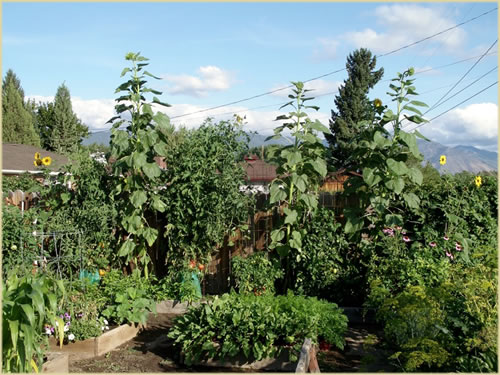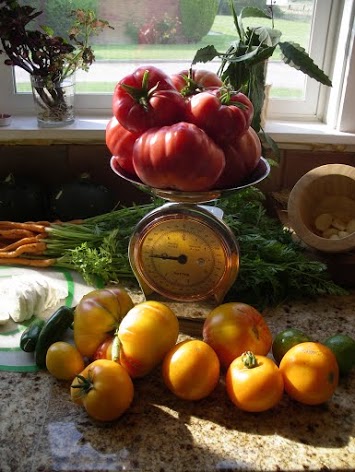
Nevada Gardening Tips
Whether you grow stuff for a hobby, for eating or for selling, chances are you ENJOY it. It’s about the satisfaction of savoring the fruits of your labor. It’s about the warm sunshine, the fragrant blooms and getting right down into the dirt.
There’s something in the soil that boosts our mood and makes us grin (geeky scientists say it’s a strain of goodguy bacteria we come in contact with called Mycobacterium vaccae). Also, maybe it’s the satisfaction of nurturing baby plants into blooming adults. Possibly it’s the sense of connection we feel with the Earth, or the joy we get when tasting that first tomato (can you say Tomato-gasm?). Wherever the joy comes from—scientific or not—we sure have fun getting our hands a little dirty … and we’re happy you do too.
In this section we’ve listed some commonsense Nevada gardening tips for you to apply to your blossoming skillset. We’ll continue to add to our list, so check back often!
Commonsense Nevada Gardening Tips:
Your Plants Need More Than Just Sun and Water
Our all-natural planting products make sure the soil is like a delicious pantry, filled with everything the plant needs (and wants) to consume. Also, our enviro-friendly products help the soil system naturally replenish the pantry; it’s complicated, but healthy soil attracts a team of goodguy bacteria and fungi that produce the nutrients plants like to eat. Our all-natural planting products provide you with the complete biological package needed to create and sustain healthy soil for your plants to live in. When your plants have a cozy, nutrient-rich soil pantry to work with, they happily produce an abundance of brilliant flowers, sweet fruits and nutritious vegetables.
Like what you’re reading? We write about helpful, fun growing stuff all the time in our newsletter. Sign up now!
How to Find Great Compost for Your Garden
Next, what’s the compost smell like? If it smells like “crap” then it is “crap!” It’s that simple. If compost smells horrible and you would never want to touch it, this means it has not been fully composted and it is breaking down. Quality compost should smell like earthy dirt you would find out camping. A quality compost will smell like the forest.
Like what you’re reading? We write about helpful, fun growing stuff all the time in our newsletter. Sign up now!
Plant Your Tomatoes DEEP for Optimal Growing
Next, put that tomato plant in the ground. Remember, bury it deep because the tomato plant will grow roots far up the stalk (how far depends on the size of the tomato you are planting). Don’t suffocate the poor girl; just be sure and bury its stalk deeper in the ground than you might other plants. Now your tomato plant will be anchored in the ground and sprout more roots, which means it has a better ability to extract food, water and nutrients from the ground!
Like what you’re reading? We write about helpful, fun growing stuff all the time in our newsletter. Sign up now!






